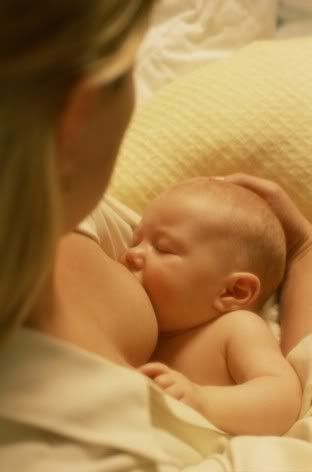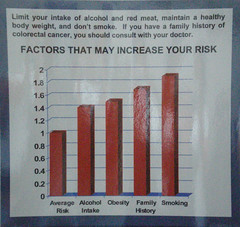 PVC(polyvinyl chloride or vinylz0 is widely used in toys and other children's products.
PVC(polyvinyl chloride or vinylz0 is widely used in toys and other children's products.For soft applications such as toys designed for chewing (ie teethers), softeners or plasticisers are added to give the desired softness and flexibility. Without these additives, PVC is brittle, degrades easily and is not versatile.
Although a range of chemicals are used as softeners, phthalate esters (phthalates) are by far the most commonly used.
Phthalates do not bind to the PVC polymer but float around like water in a sponge. They remain present as a freely mobile and leachable phase in the plastic.
As a result, phthalates are continuously lost from soft PVC over time. This has long been recognised by the PVC industry itself. In fact, it has been known for 30 years that phthalates leach from soft PVC.
Pressure on a PVC product will increase leaching substantially. Of most concern is the leaching of plasticisers resulting from sucking or chewing on soft PVC toys, representing a direct bodily dose of these chemical to the infant or child.
Phthalates are moderately persistent and can bioaccumulate in fat tissue. Some may be broken down in the body, although degradation and excretion rates may differ between adults and children.
In addition, phthalates absorb atrongly to soil, and biodegrade slowly, creating the potential for constant human exposure.

Phthalates can exert additive effects when present as a mixture or in combination with other common environmental contaminants. Many of the phthalates are actually isomers of compounds of a similar carbon chain length. As a result, a single phthalate formulation may be contaminated with several different types of phthalates.
Laboratory research on the health effects of the phthalates has identified wide-ranging cronic effect. These include:
- liver and kidney lesions
- reproductive abnormalities, including testicular atrophy, altered development of reproductive tissue and subtle effects on sperm production
- cell line transformations
- cancers, including those of the liver, kidney and mononuclear cell leukemia.



























